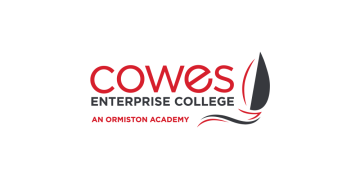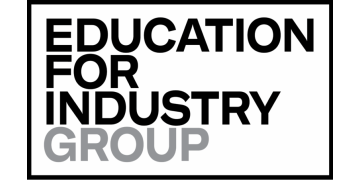Clair Mowbray explains how the first incorporated college to open in 30 years is responding to its funding and recruitment challenges
In last week’s edition of FE Week, national colleges were placed under the spotlight with regard to the challenges they have faced recently around their funding and learner recruitment.
It has been just over one year since we launched our two state-of-the-art new training facilities in Birmingham and Doncaster. The very idea of our college hadn’t existed, in the public realm at least, until September 2014, when the government announced the concept for the very first time. We’ve come a long way since then, but we recognise that we still have our challenges, which we will never shy away from.
Now, as the first incorporated college to open in 30 years, we are challenged by a system that needs to adjust to enable us to achieve the vision set out by the government for our college. As a brand-new institution with no source of revenue funding to cover our start-up costs, and the need to establish our business against a backdrop of significant reforms in funding and apprenticeships, the challenges are felt deeply.
Since the apprenticeship levy was introduced in May last year, the number of apprenticeship starts across all industries has fallen by almost 39 per cent. We are a post-18 provider with around 80 per cent of our offer in level 4 and level 5 apprenticeship delivery.
The challenges are felt deeply
This issue is also compounded by our flagship apprenticeship in high-speed rail being placed in the £21,000 funding band. We had reasonably understood this would be in the maximum funding band. We have strong support from DfE on these issues and we are currently in discussion about the best ways to move forward.
Aside from these challenges, we always expected that it would take time to grow the college’s student numbers. High-speed rail is in its infancy in the UK, and naturally it takes time for the prospect of something new to enter the minds of parents, teachers and learners. Our level 4 pathways in high-speed rail and infrastructure are trailblazers for the industry and they are gradually being accompanied by a widening choice of niche courses across our curriculum.
I am also encouraged that we have already had over 1,000 applications to study at the college. And we are on track to reach our target of 400 new starts in this academic year, with 1,000 new starts by 2021, in line with our current business plan. But our learner numbers are not just about getting interest from young people. Our college was built to help businesses, and we need more employers to commit to apprenticeship vacancies and take full advantage of the levy.
The future of the National College for High Speed Rail is a bright one. We are perfectly positioned to train the future workforce needed for HS2 and its related infrastructure projects. Yet without wishing to understate its utmost importance, our ambition for the college goes much further than the HS2 talent pipeline.
Over the summer, we became the collaborative partner of the Alstom Academy for Rail, based in Widnes – the largest rail modernisation facility in the UK. This will help to expand our offer even further across the north, and the British rail and engineering sector as a whole. We intend to continue developing such a network of partnerships throughout the UK, on a hub-and-spoke basis.
We have our own industry advisory panel, which brings together senior figures in the rail and infrastructure sector to advise and shape our offer to ensure it is truly industry-responsive. We are heartened by the partnerships we have formed with other FE colleges – genuine collaboration rather than veiled collaboration. And apprentices who have studied with us are now doing brilliant work with rail engineering companies around the UK.
The National College for High Speed Rail will thrive and we have a real chance to make a difference in engineering across the UK and the world. But on apprenticeships, funding challenges and in raising the profile of engineering, we need to work together in order to seize every opportunity to make this work properly.








What are the odds on this going the same way as Studio Schools and UTCs?
Nothing to do with rate cuts. These white elephants were built far too soon and are now competing with existing providers. Scandalous waste of public funding and should have been a part of an existing university or UTC